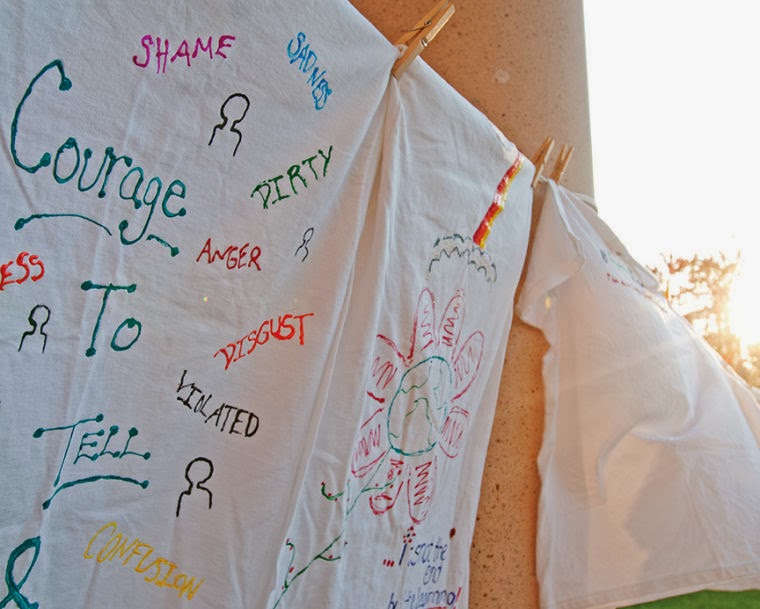Mobile Journalism at UMD
Sunday, April 27, 2014
Saturday, April 26, 2014
Wednesday, April 16, 2014
Tuesday, March 11, 2014
Monday, February 24, 2014
Maryland Works to Combat Sexual Assault on College Campuses
Nearly one in five college women have experienced rape or
attempted rape, but only 12 percent of these victims actually report the
incident.
Delegate Jon D. Cardin (D-Baltimore County) says that sexual assault
on college campuses is an “epidemic.” That is why he has proposed a bill in the state of Maryland that is hoped to change this.
The new bill aims to help
universities get a better picture of just how many sexual assault crimes are
occurring on Maryland campuses.
The
bill would require all schools in the University of Maryland system to create a
mandatory online survey on sexual assault, mandatory for students to take every three years.
The survey's intention is to get a more accurate number of the amount of incidents occurring amongst students on and off campus.
The survey's intention is to get a more accurate number of the amount of incidents occurring amongst students on and off campus.
Stephanie
Rivero, assistant coordinator of the CARE to Stop Violence office at the
University of Maryland, thinks that the bill would be helpful to combating
sexual assault issues.
Despite negative
statistics, colleges do have programs set up to minimize the sexual assault issue.
The
University of Maryland’s Campus Advocates Respond and Educated (CARE) to Stop
Violence program has been working to respond to incidents of sexual assault and
to educate the community of its dangers.
In
addition to the CARE program, the Sexual Assault Prevention Office and the
Office of the Victim Advocate set up the Clothesline Project every year.
The
project allows sexual assault victims to express whatever they want to their
attacker on a t-shirt to be hung in Hornbake Plaza and other places around the
UMD community.
“The
project really puts a face on just how big of an issue rape and sexual assault
truly are here,” said Christina Coplon, a senior Journalism major at Maryland.
 |
T-shirts hanging at Prince George's hospital as part of UMD's
sexual assault awareness program
the Clothes Line Project. Source:The Diamondback
|
UMD
also has the Sexual Assault Response and Prevention Program Advocates (SARRP) Office
that provides a 24-hour crisis response - something many students are unaware of.
For privacy, one can even block their phone number before calling and the office also accepts text messages.
For privacy, one can even block their phone number before calling and the office also accepts text messages.
Despite campus programs that have been implemented, reporting of sexual assault remains uncommon.
The
issue lies in the lack of reporting.
The University of Maryland is required
under federal law to draft the Clery Report, a report intended to show college
campuses the rates of campus crimes that occurred that year.
Although
the Clery Report includes a great amount of data, it fails to include the
crimes of those victims who never report their incident to the CARE office or the university police.
According
to the 2013 Clery Report, only 24 sexual offenses over the past three years
were reported. The data represented crimes on and off-campus.
 |
| UM University College's 2013 Annual Safety and Security Clery Report. Source: UMUC |
The
new bill would allow universities to really focus on sexual assault separately,
instead of throwing it in as another category amongst all the other crimes.
Opponents
of the bill claim believe the bill wouldn’t be enough to enable universities to get to the root
of the problem. Rivero, too, is hesitant of just how helpful the survey will be
in this battle against sexual assault.
While
no one can know the true effects the bill will have if put into law, it is
apparent that although it may not completely solve the sexual assault problem
on college campuses, it will certainly point schools in the right
direction.
Subscribe to:
Posts (Atom)
